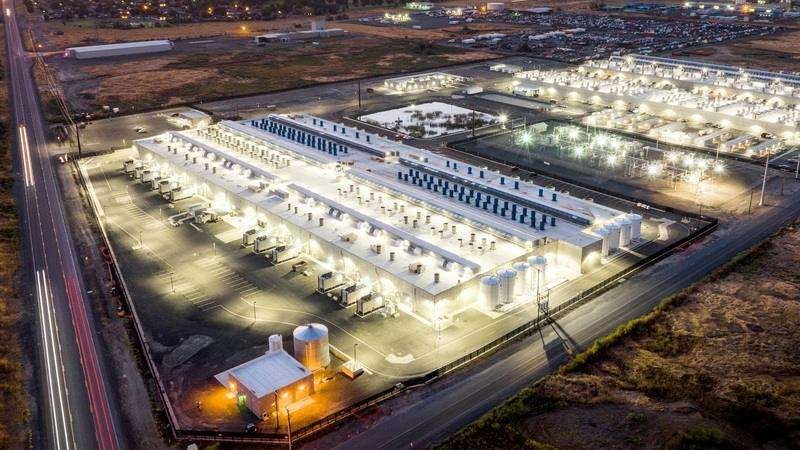
Amazon’s cloud provider service, Amazon Web Services (AWS) announced that it is more than halfway towards reaching its “water positive” goal to return more water than it uses in its operations by 2030.
AWS initially set its water positive goal in 2022, setting out a strategy to achieve its target based on key aspects including improving water efficiency, using sustainable water sources, returning water for community reuse and supporting water replenishment projects.
In its update, AWS revealed that as of 2024, it has reached 53% of the way towards its goal, up from 41% at the end of 2023.
Water is an essential resource for AWS operations, primarily used for cooling data centers, but it is also becoming increasingly scarce, due to a series of factors ranging from climate change and pollution to aging infrastructure.
Alongside the update, AWS also announced a significant expansion of its use of water recycling to more than 120 locations in the U.S. where it has data center operations by 2030. Under the water recycling system, water used by communities for everyday use is sent to a wastewater treatment plant, and then routed to a data center to be used to cool equipment, instead of using fresh potable water.
The recycled water system has been used by AWS in Virginia and California and will now expand to more locations in Virginia, as well as in Georgia and Mississippi. According to AWS, scaling the use of recycled water will preserve over 530 million gallons of drinking-water supply in U.S. communities by 2030. The company added that its use of recycled water with direct evaporative cooling systems cuts water use by up to 85% compared to traditional methods.
Kevin Miller, Vice President of Global Data Centers for AWS said:
“We are deeply committed to being good members of our communities, and doubling down on preserving freshwater resources is one of the ways we can demonstrate that. By significantly expanding our recycled-water infrastructure, we’re aiming to advance technological innovation while still prioritizing environmental stewardship.”














